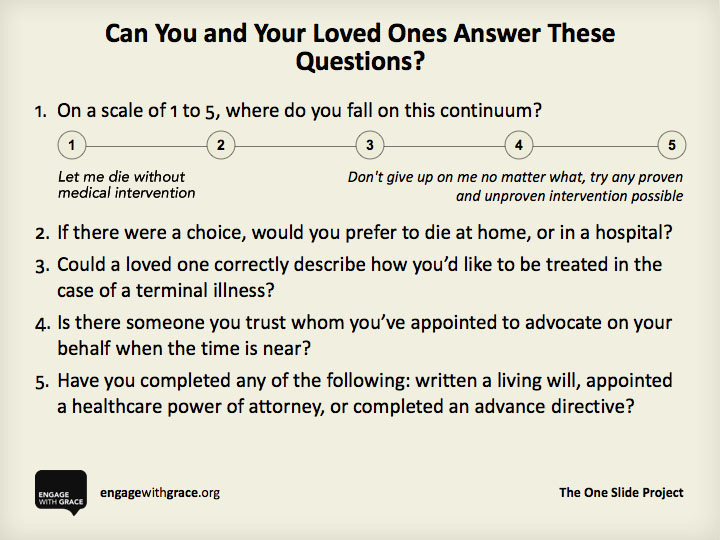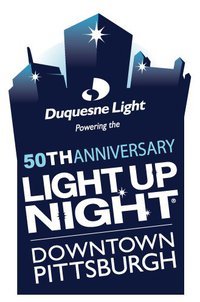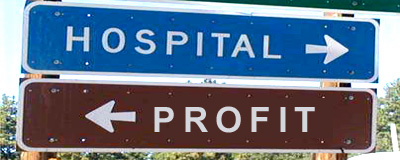Excerpts from: Chapter 18 of “Taking the Hell out of Healthcare“
by Nick Jacobs
When Dying is Finally Enough
The Dichotomy of Death
On Thursday evenings from 1970 until 1975 there was a standing invitation to play pool at Jim’s Dad’s house. Now, the truth of the matter was that, as young school teachers, most of us barely owned houses, let alone a pool table, so one of my colleagues parents’ opened their home to allow us to have some safe recreation. During those innocent days of my mid twenties, many of the world’s problems were solved. Jim’s father was a wise old philosopher in his early sixties, a retired coal miner who loved to be around the kids.
One night, we began discussing religion, faith, and death as we mechanically yelled out lines like “16 in the side pocket.” The discussion became particularly heated when it came to hypocrisy of our healthcare system. We kids or at least this kid listened in amazement as old Carl explained how life was in the old days. His relatives from the old country had salves and ointments, herbs and mustard plasters that took care of virtually every ailment known to man, and when they failed and death was inevitable, death was accepted. He used to laugh and say, “But now, everyone wants to go to heaven, but nobody wants to die.”
It was then that the subject changed to today where there was truly a cure for nearly everything, or so it seemed at age 23. Get sick? Take a pill or get a shot. But then, a few weeks earlier, my father had been diagnosed with lung cancer and was given less than a three percent chance of survival. As Carl and I discussed this situation, he put his arm on my shoulder, and wished me luck. At 58, my dad was still a young man, and neither my education, my prayers, nor my love would be able to save him.
The American way of death seems to be that death is not acceptable at any age, at any time or for any reason. Death is rarely seen as the inevitable future that we all face. Our American system of death is that it should not happen. Death is no longer accepted as part of life. Oh, yes, we hear those words, but when it is our loved one, they are very difficult to embrace or articulate.
Our medical schools, our nursing schools, our technology schools train our students in most cases that death is failure. This is why we have a system of health care that is crumbling under our very eyes. Through drugs, machines, and other advances, we have the ability to allow individuals to live longer than ever in the history of mankind. It is absolute reality that more people will have an opportunity to live longer than 100 years of age than ever in history, but at what cost, and with what degree of quality?
Because of our culture, we fight death until we are shocked by it, and the result is that we, as families miss the wonderful opportunity to allow our loved one a peaceful, beautiful, comforting transition.
Palliative care, a.k.a., hospice care, provides that transition. In a hospice program, we experience love in all forms until death. Hospice provides a womb-like environment where love can replace fear, where family can be the center of that love, and where the transition can be a beautiful, healing journey for everyone involved so that it becomes a peaceful transition.
What Can You Do?
Do your personal homework. Begin to talk to your loved ones early on about their wishes. Make those wishes as clear as you can. Do not be fearful that anyone will let you die before your time. Trust that your family or friends can support you in your intentions, and be sure that you put everything in writing that you possibly can. Most importantly, however, try to find peace with yourself.


 My apartment is about two blocks away from
My apartment is about two blocks away from 






